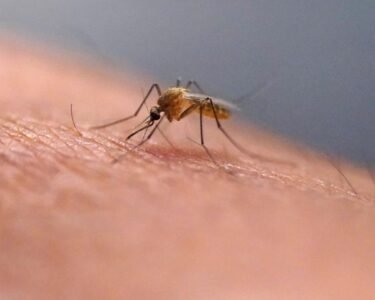As Kerala continues to witness sporadic outbreaks of the Nipah virus (NiV), health experts are urging a shift in focus—from eliminating bats to modifying human behavior. According to researchers and epidemiologists, the most effective way to prevent future outbreaks is to learn how to coexist safely with bats, rather than disrupting their natural habitats.
Is Nipah Airborne? New Hypotheses Emerge
The latest concern comes after four Nipah cases were reported in Kerala between May and July this year. All were primary infections, with no evidence of human-to-human transmission. Unusually, three of these cases emerged within a 50-km radius in Palakkad and Malappuram districts within just two weeks.
This pattern has prompted a fresh hypothesis from microbiologist Dr. T. Jacob John, who suggests the possibility of airborne transmission of Nipah. He theorizes that aerosols formed from bat urine, especially when mixed with dust under roosting trees, may expose nearby residents to the virus. Viral RNA has been found in bat urine in earlier studies, making this scenario scientifically plausible.
Air sampling near bat roosts, along with lab-based studies, has been proposed as a next step to explore this potential route of transmission.
Human Behavior Drives Risk
Experts agree that the root of most spillover events lies in human activity. Disturbances to bat habitats—like the recent bursting of firecrackers in bat-inhabited areas—can stress bat populations, leading to increased viral shedding and greater risk of infection spread.
“There’s no fixed season for Nipah outbreaks in bats,” said Dr. Jonathan Epstein, a leading epidemiologist with EcoHealth Alliance. “Spillovers occur when two factors align: increased viral shedding in bats and risky human behaviors, like disrupting roosts or living in close proximity without precautions.”
The Case for Coexistence
Rather than trying to drive bats away, public health experts in Kerala are advocating for safe coexistence. “Bats play a crucial ecological role,” said Dr. R. Aravind, Head of Infectious Diseases at Thiruvananthapuram Medical College. “Efforts should focus on minimizing human-bat contact and respecting their habitats.”
This approach involves:
- Protecting natural bat habitats
- Avoiding unnecessary disturbances to bat colonies
- Educating the public about risk-reducing behaviors
- Monitoring bat roosts and viral activity
- Strengthening outbreak surveillance and response systems
These measures were first introduced under Kerala’s Zero Nipah campaign launched in 2019, and are now being scaled up.
Mapping the Risk
State health officials have also begun risk mapping across districts, identifying areas with high bat density and known roosting sites. This data helps forecast potential spillover zones and allows for targeted awareness and surveillance efforts.
“Periodic viral shedding, high bat density, and declining natural immunity in bat populations all contribute to the risk,” one official said. “But the solution doesn’t lie in removing bats—it lies in smarter public health strategies and safer community practices.”
Image Source: Google
Image Credit: Respective Owner




